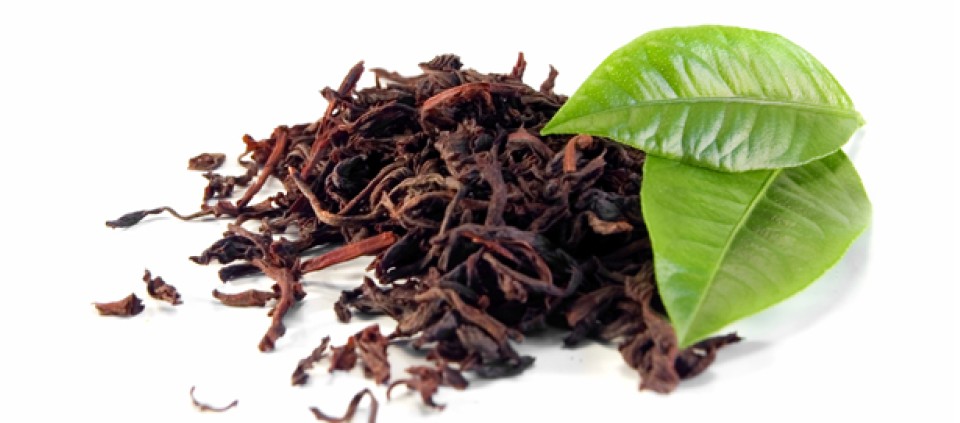The ABC of Tea

Many people are surprised to learn that all tea is derived from the same plant species, and that what are often called “herbal teas,” if they do not include that plant, are in fact not teas at all. Tea is the infusion of water and the dried leaves of the evergreen plant Camellia sinensis. How the leaves have been dried and whether they have been fermented—and for how long—determines whether the tea is considered a white, green, oolong, or black tea.
- White tea is the least processed, as it is picked when the leaves are very young and then gently steamed and dried. Thus, it has the most subtle flavor and also the lowest caffeine content.
- By contrast, green tea has been allowed to whither before being steamed or pan-fired, then rolled and dried and then fired again. It has a more earthy flavor than white tea and a bit more caffeine, but, as with white tea, a high antioxidant content.
- Next are the teas that involve fermentation: oolong and black. Oolong tea has a short fermentation time, so it retains some of its green tea properties while also imparting a bit of that stronger, bolder flavor found in a fully fermented black tea. Oolong and black teas can contain quite a bit of caffeine due to this fermentation; they also have very little of the green and white teas’ antioxidant power.
The region where a tea is grown impacts its flavor, and many teas have names that indicate their origin (such as Ceylon or Darjeeling). China, Taiwan, India, and Sri Lanka are the world’s largest growers of tea and thus provide virtually all the tea that we consume in the United States.
What are often called “herbal teas” are simply herbal infusions: one or more herbal plants steeped in water. Each herb contains its own flavor and healing properties.
Tea in all its forms is the world’s second-leading beverage, surpassed in quantity only by water. We invite you to explore and experience its dynamic, versatile qualities and health benefits—especially those of green and white teas—and start your day with a cup or two.
When steeping your white or green tea, it’s important not to use boiling water, since it actually burns the tender leaves. Bring your water to a boil, then allow it to cool a bit before pouring over the tea. Also, allow the tea to steep for only two to three minutes, as longer steeping times create a bitter flavor. For stronger flavor, adjust the amount of tea you use rather than steeping longer. And save the tea leaves for one or two more steeping times—the flavor often develops even further on a second steep.
© Kripalu Center for Yoga & Health. All rights reserved. To request permission to reprint, please e-mail editor@kripalu.org.